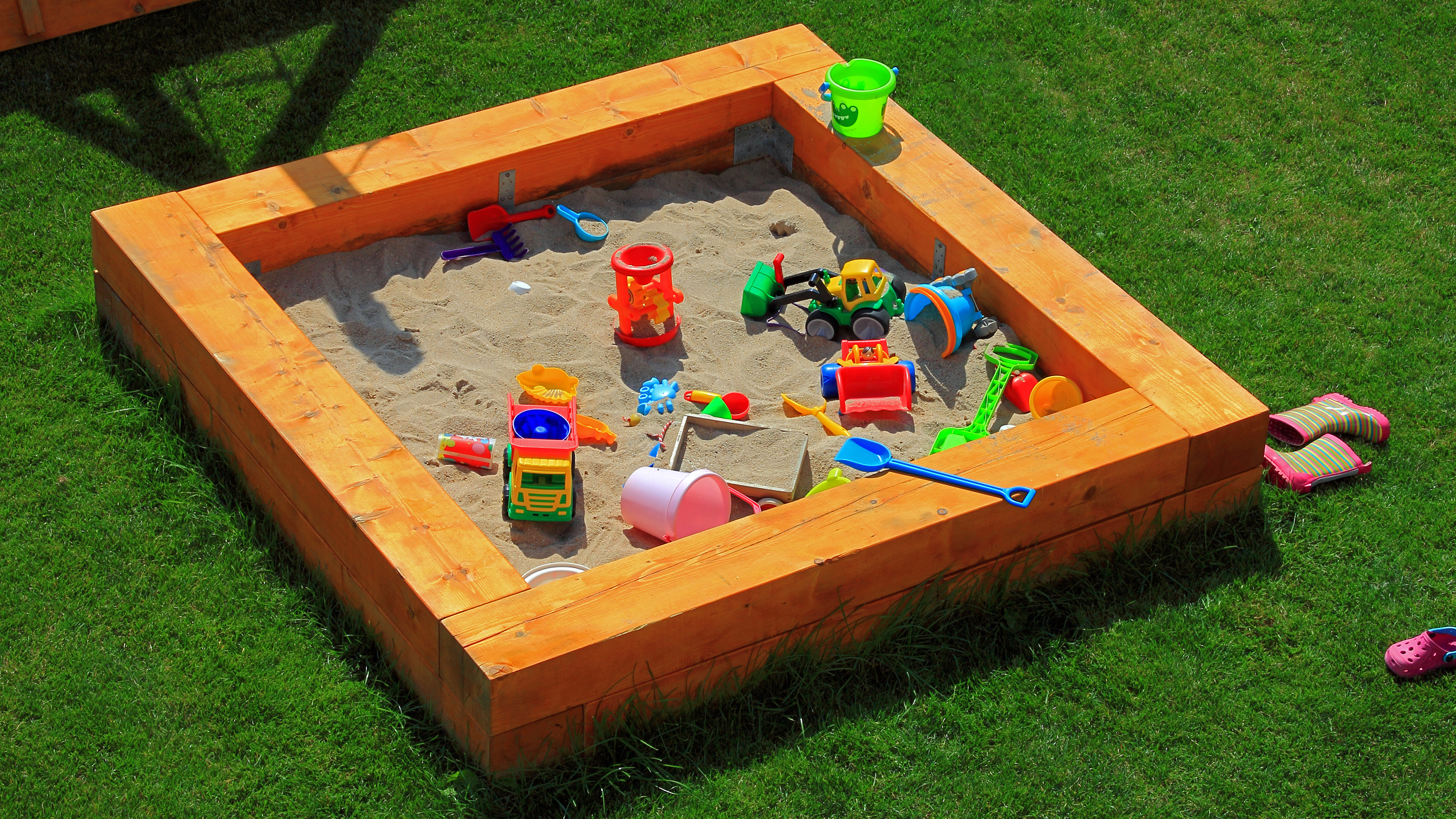Sandbox Vegetable Garden – Growing Vegetables In A Sandbox
The kids are grown and there sits the old, abandoned sandbox. Learn how to turn that sandbox into usable garden space for veggies.


The kids are grown and in the backyard sits their old, abandoned sandbox. Upcycling to turn sandbox into garden space has probably crossed your mind. After all, a sandbox vegetable garden would make the perfect raised bed.
But before you plant vegetables in a sandbox, there are a few things to keep in mind.
Is it Safe to Convert Sandbox to Vegetable Garden?
The first step is determining the type of wood used for built-in sandboxes. Cedar and redwood are safe options, but pressure-treated wood is often southern yellow pine. Prior to January 2004, much of the pressure-treated lumber sold in the U.S. contained chromated copper arsenate. This was used as a pesticide to deter termites and other boring insects from damaging treated wood.
The arsenic in this pressure-treated lumber leaches into the soil and can contaminate garden vegetables. Arsenic is a known cancer-causing agent and pressure from the EPA resulted in manufacturers switching to copper or chromium as a preservative for pressure-treated lumber. While these newer chemicals can still be absorbed by plants, tests have shown this occurs at a very low rate.
The bottom line, if your sandbox was built before 2004 using pressure-treated lumber, trying to convert a sandbox to a vegetable garden may not be the best option. Of course, you could choose to replace the arsenic-treated lumber and remove the contaminated soil and sand. This would allow you to utilize the sandbox's location for a raised bed garden.
Plastic Sandbox Upcycling
On the other hand, discarded plastic rectangular or turtle-shaped sandboxes can easily be converted into a cute backyard or patio garden planter. Simply drill a few holes in the bottom, fill with your favorite potting mix and it's ready to plant.
These smaller sandboxes often lack the depth of built-in models but are ideal for shallow rooted plants like radishes, lettuce, and herbs. They can also be used by apartment dwellers who lack backyard garden space. The added benefit is these re-purposed toys can be transported to a new rental with relative ease.
Gardening tips, videos, info and more delivered right to your inbox!
Sign up for the Gardening Know How newsletter today and receive a free copy of our e-book "How to Grow Delicious Tomatoes".
Creating an In-Ground Sandbox Vegetable Garden
If you've determined the wood in your built-in sandbox is safe for gardening or you're planning to replace it, follow these simple steps to turn sandbox into garden space:
- Remove the old sand. Reserve some sand for your new sandbox vegetable garden. The rest can be incorporated into other garden beds to reduce compaction or spread lightly on the lawn. If the sand is fairly clean and can be reused in another sandbox, consider giving it to a friend or donating it to a church, park, or school playground. You may even get some help moving it!
- Remove any flooring materials. Build-in sandboxes often have a wood floor, tarps, or landscape fabric to prevent the sand from mixing with soil. Be sure to remove all this material so the roots of your vegetables can penetrate the ground.
- Refill the sandbox. Mix the reserved sand with compost and topsoil, then slowly add to the sandbox. Use a small tiller or hand dig the soil under the sandbox so as to incorporate this mixture. Ideally, you'll want a 12-inch (30.5 cm.) base for planting.
- Plant your veggies. Your new sandbox vegetable garden is now ready for transplanting seedlings or sowing seed. Water and enjoy!

Laura Miller has been gardening all her life. Holding a degree in Biology, Nutrition, and Agriculture, Laura's area of expertise is vegetables, herbs, and all things edible. She lives in Ohio.
-
 Grow ‘Karl Rosenfield’ Peony Plants For The Ultimate Frilly Border Beauties And Cut Flowers
Grow ‘Karl Rosenfield’ Peony Plants For The Ultimate Frilly Border Beauties And Cut FlowersFor frilly double magenta peony petals infused with a heady fragrance, grow ‘Karl Rosenfield’ peony plants. Here’s how to cultivate the ultimate plushy blooms
By Tonya Barnett
-
 10 Common Composting Problems That Can Spoil Your Garden Gold – Plus Easy Fixes
10 Common Composting Problems That Can Spoil Your Garden Gold – Plus Easy FixesLearn how to troubleshoot common composting issues before they ruin your stash – from bad smells and bugs to materials not breaking down as they should.
By Susan Albert